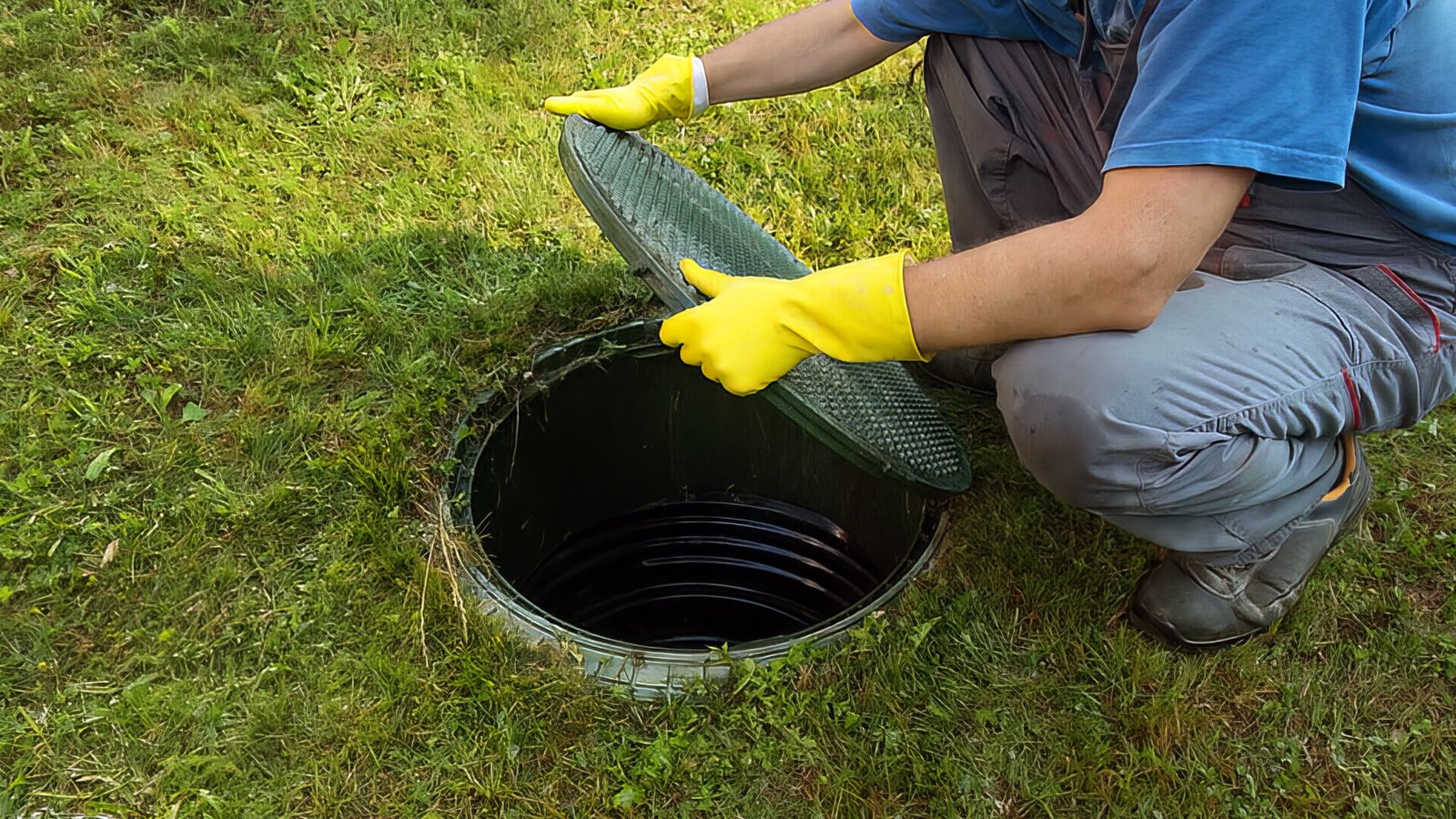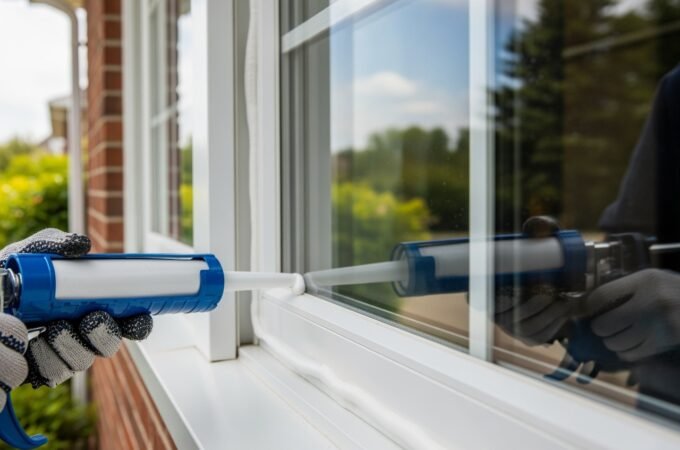
Common Septic Tank Issues Homeowners Face
Septic systems are essential for managing household wastewater, but require attention and upkeep to function effectively. Many homeowners are unaware of the signs of a failing system until it’s too late, often mistaking early symptoms for minor plumbing issues. Understanding the most common septic tank problems can help prevent severe disruptions and protect your home and the environment.
Issues such as slow drains, foul odors, pooling water near the drain field, or gurgling pipes often signal underlying system concerns. These symptoms may result from clogs, root intrusion, or tank overflows. In such cases, timely septic tank repair can prevent more extensive damage and restore proper function. Addressing problems early and conducting regular inspections are key in maintaining a reliable and long-lasting septic system.
Table of Contents
ToggleLack of Regular Maintenance
A lack of regular maintenance can lead to serious issues with your septic system, including unpleasant odors, slow drains, and even costly backups or failures. Over time, sludge and solids accumulate in the tank, reducing efficiency and increasing the risk of overflow or system damage. Routine checkups, proper usage habits, and scheduled pumping are essential to running your system smoothly. Ignoring these basic care steps often results in larger problems that could have been prevented. For homeowners aiming to avoid these disruptions, professional septic services ensure the system is properly inspected and maintained, supporting long-term functionality and peace of mind. Staying proactive with maintenance protects your property and helps you avoid unexpected and expensive repairs down the line.
Improper Waste Disposal
The type of waste you flush down your septic system directly impacts its longevity and efficiency. Non-biodegradable items like disposable wipes and feminine hygiene products aggregate, blocking wastewater flow and potentially leading to overflows. Pouring fats, oils, grease, paint, solvents, or harsh chemicals down the drain can also disrupt the system’s beneficial bacteria, causing costly repairs or system failure. Only flush biodegradable waste and use designated collection sites for grease and household chemicals.
Excessive Water Usage
Septic systems are designed to process predictable water volumes, but excessive water usage can cause the tank to fill too quickly, causing sludge to overflow into the drainfield. Proper water management, such as spreading laundry, fixing leaky faucets, and installing water-saving devices, can reduce risks and ensure optimal system efficiency and longevity. Minor lifestyle adjustments can also significantly improve system performance.
Tree Root Intrusion
Trees and bushes often enter septic tanks and pipes due to their natural moisture and nutrient sources. Root systems can grow into dense tangles, causing obstructions and leaks. To prevent root intrusion, plant new trees away from septic components and have professionals check for hidden leaks or slow drains. Look for patches of lush grass, which may indicate an underground water leak, enriching the soil.






